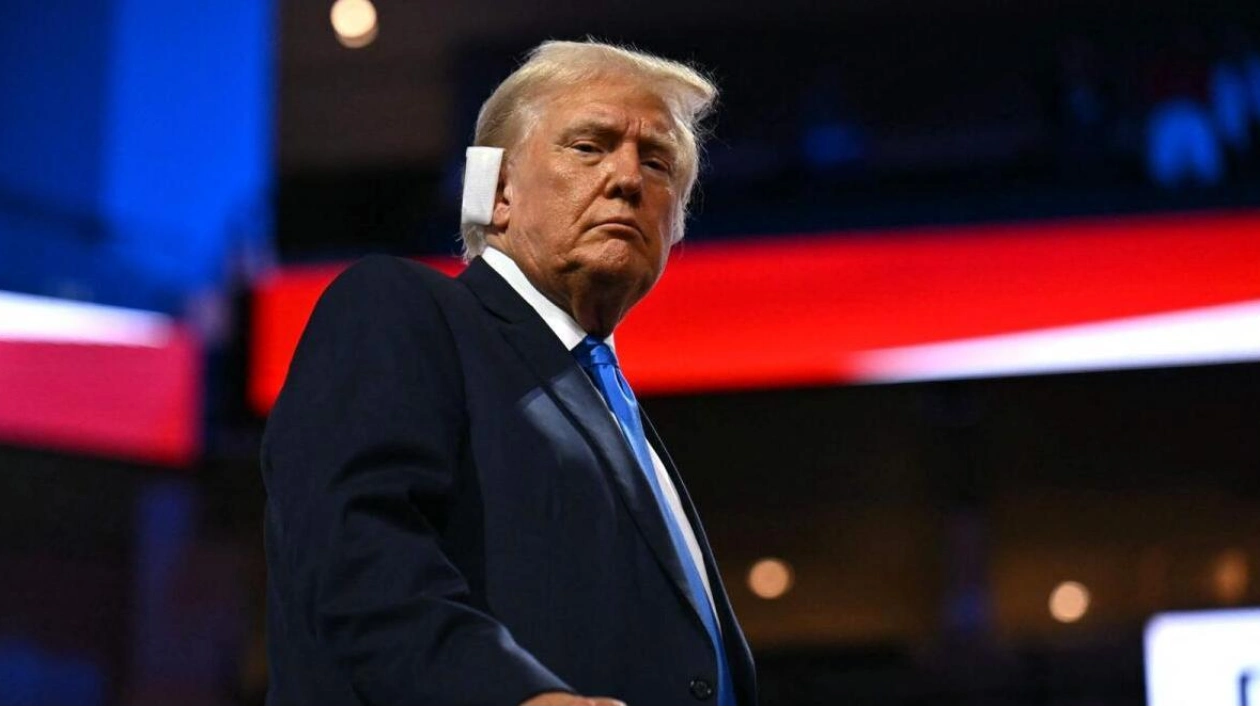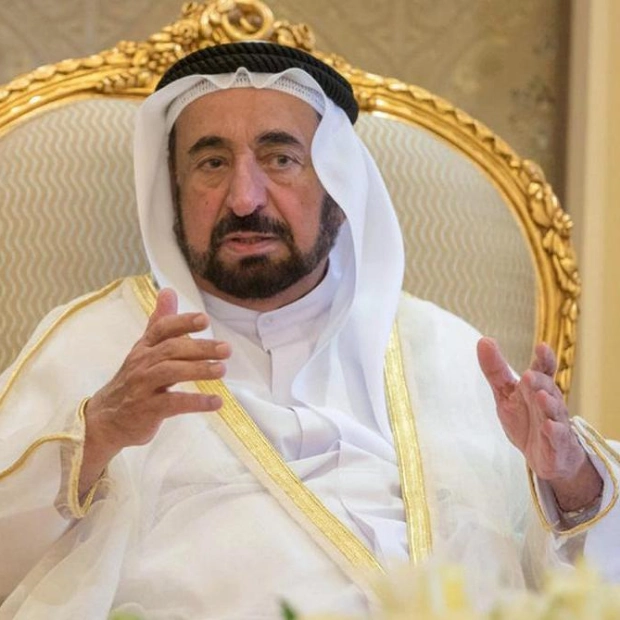Geopolitical uncertainties dampened Wall Street's spirits on Wednesday, triggered by US presidential hopeful Donald Trump's ambiguous stance on defending Taiwan. This led to a decline in shares of semiconductor companies and propelled gold prices to unprecedented highs. Futures tied to the US S&P 500 index, which had reached a record peak the previous day, fell by 1%. Shares of Nvidia, a leader in AI chip technology, dropped 3.1% in pre-market activities following a turbulent session for Taiwan's TSMC, which ended 2.4% lower. Meanwhile, the Netherlands-based ASML, a key supplier to chip manufacturers, saw its shares plummet by up to 7.7% during early European trading. The MSCI's global stock index remained unchanged.
The tech sector's sentiment turned sour after Trump expressed doubts about US support for Taiwan in an interview with Bloomberg Businessweek. He suggested that the island, which China views as its territory, should fund its own defense. US and Taiwanese authorities have long warned that a Chinese invasion could severely disrupt global trade and high-tech supply chains. Prior to Wednesday, markets had cautiously favored a second term for Republican candidate Trump, who is projected to defeat incumbent Democrat Joe Biden in the November 5 election.
Benjamin Melman, the global chief investment officer at Edmond de Rothschild Asset Management, commented, "Many analysts believe Trump's presidency would be positive for equities, but I'm not convinced." He added that the market is now more clearly factoring in a risk premium. Despite unclear plans regarding Taiwan, Trump has indicated a reduced US commitment to strategic allies by selecting Ohio Senator J.D. Vance, who opposes military aid to Ukraine, as his running mate.
In currency markets, the dollar weakened by over 1% against the yen as new data from the Bank of Japan indicated significant efforts to bolster the currency from multi-decade lows. The dollar-yen pair traded at 156.4, after briefly surpassing the 160 mark, which is seen as a trigger point for Japanese intervention. Sterling reached a yearly high of $1.3032 following data showing UK inflation remained at 2% in June, contrary to forecasts of a 1.9% rise, leading traders to reduce expectations of a Bank of England rate cut in August. Spot gold climbed 0.2% to a record high of $2,473.29 per ounce due to safe-haven demand and anticipated US interest rate cuts, which also put pressure on the dollar. Gold, priced in dollars, typically moves inversely with the US currency and Treasury yields. Vivek Dhar, a commodity strategist at Commonwealth Bank of Australia, suggested that gold prices could exceed his target of $2,500/oz by year-end. Fed funds futures fully anticipate a US rate cut in September, followed by two additional cuts before January 2025.






